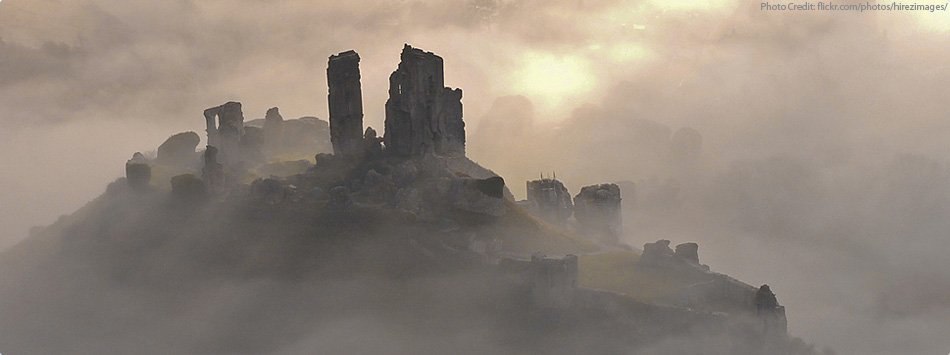For the sake of simplicity, we have lumped the preferred materials for making stone tools into two broad categories; flint-like and obsidian. The flint-like materials (such as chert) are mainly made from Silicon dioxide (SiO2) which is also known as silica.
Chert is created when microscopic single-celled algae die and their silica rich skeletons fall to the ocean floor and dissolve and reform. The microcrystal formation of the silicon dioxide is what gives the flint-like materials their unique properties (hardness and conchoidal fracture). Chert nodules are often found in large deposits of chalk and some of the oldest mining operations in the world are in chalk deposits where they mined for chert. The mines at Grimes Graves are a good example of man mining for flint as long as 5000 years ago. It is interesting to note that they often rejected many shallower seams of chert in favor of better quality chert.
Bottom line: When searching for flint-like stones, search for large deposits of chalk or limestone. Search for fault lines or mountain ranges that may have exposed layers of an ancient sea floor. Large rivers or river beds might hold chert nodules that washed down from their source. Dont' forget that most chert will be surrounded by a cortex of material that will not make it stand out from other stones in the area.
Obsidian can be found near old lava flows because it is essentially natural glass. It can be found where lava contacted water, or where it cooled while airborne or along the edges of a lava flow. Obsidian is susceptible to weathering and as such it is rarely older than a few million years.
